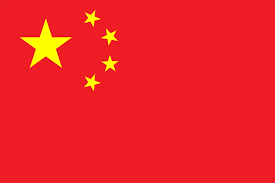

Could you link me of any commentary on the recent QE and chinese moves by said chinese Marxist academia or anyone that shares your influences and views that even remotely reaches a conclusion of “this is China opening up its capital market to invite foreign investors to save its economy” .Official CN gov or central bank statements of anything related to finance and any market move or intervention they make has literally been the exact same language and buzzwords wise for the last 30 years. It means less than nothing on its own and has basicaly no correlation to the actual goals, motivatiions, trends and dynamics in Chinese politics, regulations and finance



I dont read chinese but google translate is surprisingly competent nowadays so the article is perfectly understandable.
Its an interesting and coherent perspective but im not gonna lie, you have basicaly repeated or paraphrased almost every single part of this article multiple times in your comments in the last few months. So if i thought that these general opinions and analysis you hold cover me and are convincing enough to substansiate these conclusions you throw around over this particular round of specific Chinese financial policies i wouldnt have asked what i asked in my previous comment. Either way i think i have been pretty specific in my comments in the last few days on the particular motivations and context of these measures and how at the end of the day they are much less concerned with foreign capital and investments and much more so reactive countermeasures to a delicate economic balance of domestic financial investment, consumption and prices during a period of dangerous deleveraging and restructuring that would have happened no matter US posture and strategies.
The connection of the article to all that boils down to: "Does the obvious 50 year constant that Wall street and western finance wants China to open up its capital markets and finance (a lot) more mean that China can never ever use even mild QE or take any measures that have that as a secondary superficial effect without it being “China falling into the trap and strategy of the US and its over” ? Can it never just be the arguably correct temporary tool in the hand of the Central bank and chinese regulators given a partciular domestic situation? Even if it helps China better navigate a period and challenge the US would wish it wouldnt